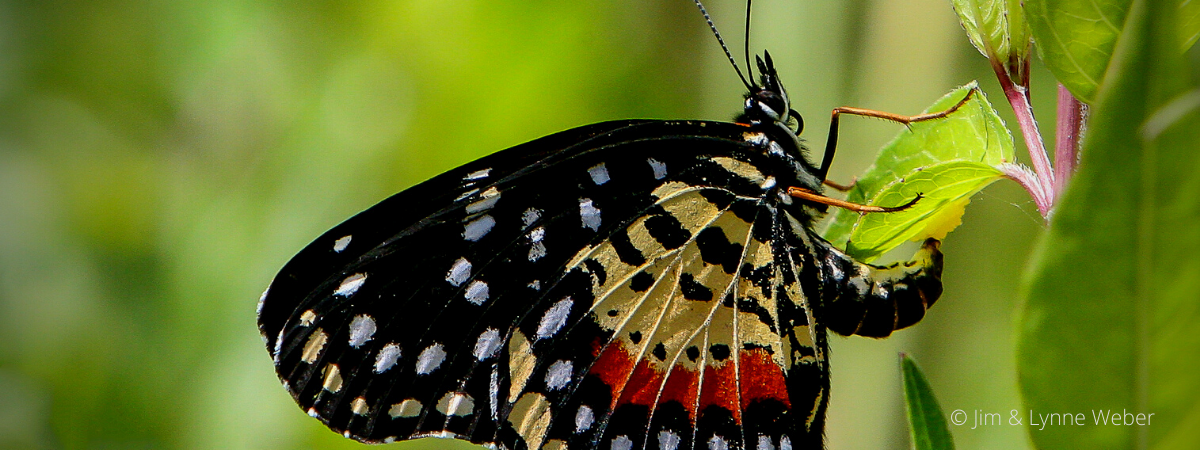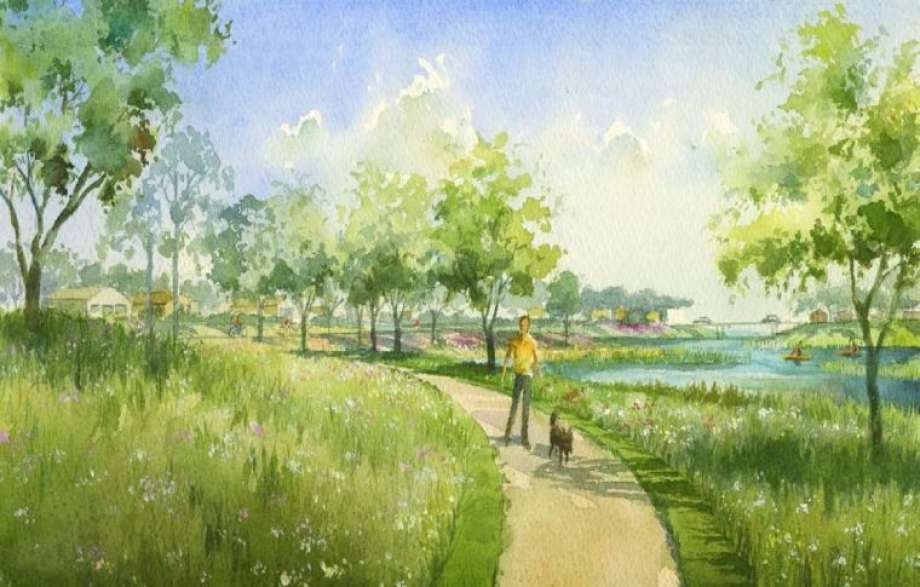November 13, 2023
Whether we’re seasoned native plant experts, just beginning our journey, or somewhere in between, we’re all on a continuous learning adventure. Some of the most valuable lessons come from hands-on experiences, whether they result in triumph or teachable moments. In our upcoming November meeting, fellow chapter members will share their triumphs and growth stories from their own native plant gardens. Join us for an evening of inspiration and encouragement, and discover the motivation to enhance your own green space!
About the Speakers
Cheryl Barajas is a dedicated native plant enthusiast, currently serving as the Plant Sale Committee Chair. With her expertise as a Master Gardener since 2012 and a Master Naturalist since 2019, Cheryl’s passion for the environment and over five years of active membership in the Native Plant Society make her a valued advocate for sustainable gardening and native plant conservation.
Laura Bradley is a dedicated Master Naturalist with a deep-rooted passion for environmental conservation. She is an active member of the Native Plant Society and generously volunteers her time and expertise at Armand Bayou Nature Center, making a significant impact in preserving and promoting our natural world.
Virginia Pierson-Turner grew up in Shoreacres in the 1960s when it was still mostly prairie and woods–a habitat that she cherished. Since purchasing her first home, she has been dedicated to preserving or recreating that natural habitat. Virginia has kept Native Plant Society paper newsletters from that era and is grateful for the Clear Lake Chapter and all she’s learned to aid her in this endeavor.
Patty Steinke has been a member of the Native Plant Society since 2015, and a member of the Clear Lake chapter since it was established in 2016. Retired from a 37-year teaching career in biology at San Jacinto College, Patty is now Chair of the chapter’s Community Outreach Committee, Chairperson for Keep Friendswood Beautiful, and a Master Naturalist (Galveston Bay Area Chapter).
Jesus Suarez is a Texas Master Naturalist and an active member of the Clear Lake Chapter. He has been landscaping with Texas native plants since the late 1990s. What influenced him to use native plants was living in the Middle East in the early 90s and watching the only TV programming available in English–a 24-hour nature channel.
Hosted by the Environmental Institute of Houston, University of Houston-Clear Lake.
Related Posts

Chapter Meeting: Houston, we have a solution!
Mark de Kiewiet shares his practical research on how we can mitigate the declining bee and pollinator populations, considering both managed and native bees.

Chapter Meeting: Native Host Plants for Butterflies and Moths
This talk will leave you with the knowledge and resources needed to encourage and appreciate a wider diversity of caterpillars, butterflies, and moths in a Texas native plant garden.

Wetland Plants at Work: Exploration Green
Mary Carol Edwards, stormwater wetland program specialist for the Texas Coastal Watershed Program covered the progress at Exploration Green in Clear Lake.


